How to create a low-maintenance aquarium
Introduction to Low-Maintenance Aquariums
A low maintenance aquarium is ideal for those who want to enjoy the beauty of aquatic life without the stress of constant upkeep. These setups focus on simplicity and sustainability, allowing you to spend less time cleaning and more time enjoying the tank. Achieving a low-maintenance environment involves thoughtful choices for fish, plants, and equipment.
Aquarium installation and maintenance should be straightforward, focusing on easy-to-care-for fish and plants. Proper equipment choices, such as reliable filters and heaters, will help keep the system stable with minimal input from you. By choosing the right components, you'll reduce the need for frequent intervention and keep your aquarium thriving with minimal effort.
In addition, a simple aquarium setup can be designed with a few hardy species and low-maintenance plants, making it easy to maintain. When you minimize complexity, you create a stable environment that requires less upkeep, allowing you to enjoy a peaceful aquatic ecosystem without much hassle.
Choosing the Right Aquarium Size
When creating a minimalist aquarium, size plays a key role in its maintenance. Smaller tanks are easier to manage, as they require less water and fewer resources to maintain. However, they can also be less forgiving of changes in water quality, so balancing size with simplicity is important for keeping the tank low-maintenance.
A lowest maintenance aquarium often falls into the range of 20-40 gallons. These sizes are ideal because they strike a balance between offering enough space for fish and plants while remaining easy to manage. With a properly sized aquarium, you can avoid the complexities that come with larger tanks, such as more complicated filtration and more frequent water changes.
The easiest aquarium size to maintain depends on your available space and time. A tank that is too small may require more attention, while a large tank can be harder to manage without the proper equipment. Medium-sized tanks generally provide the perfect compromise for a low-maintenance setup.
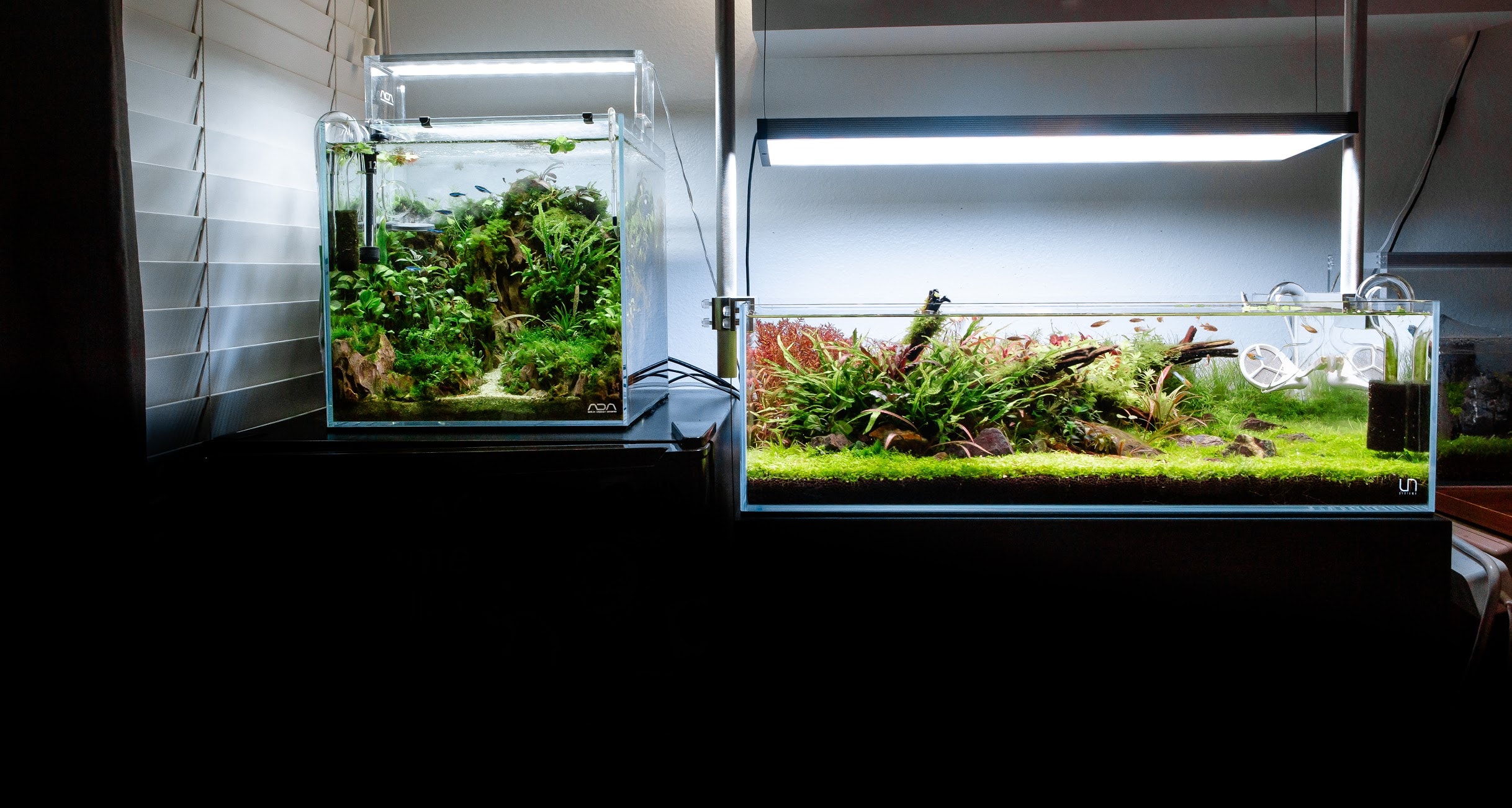
Selecting Hardy Fish for Low-Maintenance Tanks
For a low-maintenance aquarium, choosing the right fish is crucial. Opt for hardy species that can thrive in a stable environment with minimal care. Fish like guppies, bettas, and neon tetras are great options for a simple aquarium setup, as they are easy to care for and can tolerate varying water conditions.
By selecting fish that are well-suited for your tank size and water parameters, you ensure a stable and harmonious environment. Hardy fish species help reduce the likelihood of disease and stress, which means fewer water changes and less monitoring are required. This results in a minimalist aquarium that is low-maintenance and easy to enjoy.
Choosing fish that thrive in groups also promotes better tank health, as they often interact in a peaceful manner, leading to a more stable ecosystem. These species are ideal for a lowest maintenance aquarium setup that requires little intervention while still providing an attractive display.
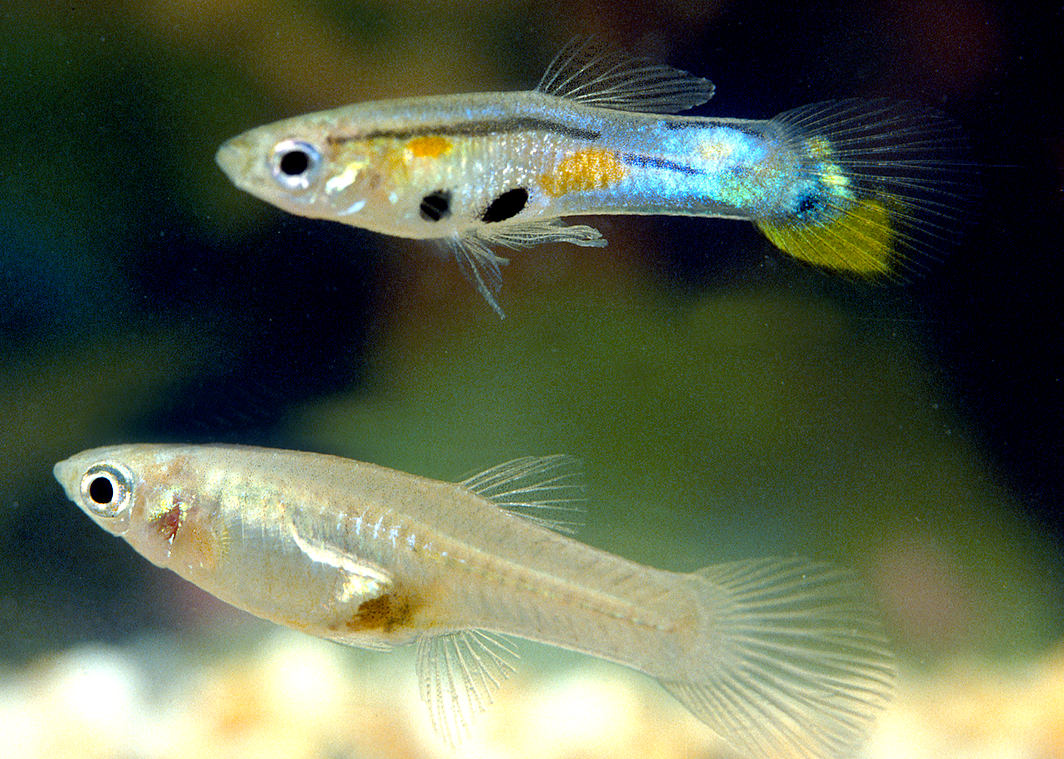
Choosing the Right Filtration System
A well-chosen filtration system is one of the cornerstones of a low-maintenance aquarium. For a lowest maintenance aquarium, invest in a filter that is appropriate for your tank size and water volume. This helps maintain water quality with minimal effort and ensures a healthy environment for your fish and plants.
In addition to selecting the right filter, consider the flow rate. A filter with a flow rate that is too strong may disrupt the plants and fish, while one that is too weak may not provide adequate filtration. For a simple aquarium, look for a filter that offers good mechanical, biological, and chemical filtration while being easy to clean and maintain.
With the right filtration system, you can keep your water clean and stable without the need for constant adjustments. A good filter also supports a healthy population of beneficial bacteria, further reducing the time and effort required to maintain your aquarium.
How to Create a Low-Maintenance Aquarium Setup
Creating a low-maintenance aquarium starts with a simple setup. Choose hardy fish like zebra danios and plants such as java fern and java moss, which require little care. These plants help maintain water quality by absorbing nutrients and preventing algae growth.
Opt for a fish tank with appropriate equipment. A planted aquarium can balance itself, reducing the need for constant adjustments. Keep an eye on water parameters, like ammonia levels, but you won’t need to adjust them constantly if your tank is balanced.
Use a nutrient-rich substrate to help your plants thrive with minimal fertilizer. A good filter will keep your water clean and reduce maintenance. With the right setup, a low-maintenance aquarium requires fewer interventions.
Fish Tank Maintenance: Simple Tips for Long-Term Success
Maintaining a fish tank doesn’t have to be complicated. How to create a low-maintenance aquarium involves small, regular tasks like performing partial water changes. This helps maintain water parameters and keeps the planted aquarium healthy with minimal effort.
A small tank makes it easier to manage water quality and keep everything in balance. A sponge filter is perfect for these tanks as it’s easy to clean and maintains clarity. Hardy plants like java moss and java fern grow well in low-light conditions and help reduce algae.
Choose the right substrate to encourage plant growth and support beneficial bacteria. Keeping your tank’s surface clear and your filter running smoothly will reduce the need for frequent maintenance and keep algae in check.
Select Low-Maintenance Plants
In a low-maintenance aquarium, selecting the right live plants is key to minimizing care. Plants like java fern, anubias, and java moss are hardy, low-light plants that require little attention and grow well in a variety of conditions. These plants thrive without excessive fertilization or constant trimming.
A planted aquarium with the right choice of plants can help reduce algae growth and maintain water quality. Additionally, plants provide shelter and oxygenation for your fish, creating a healthier, more balanced ecosystem with minimal effort.
By choosing low-maintenance plants, you also reduce the risk of plant diseases and algae problems. Easy-to-care-for plants improve the overall aesthetic of your tank without much upkeep.
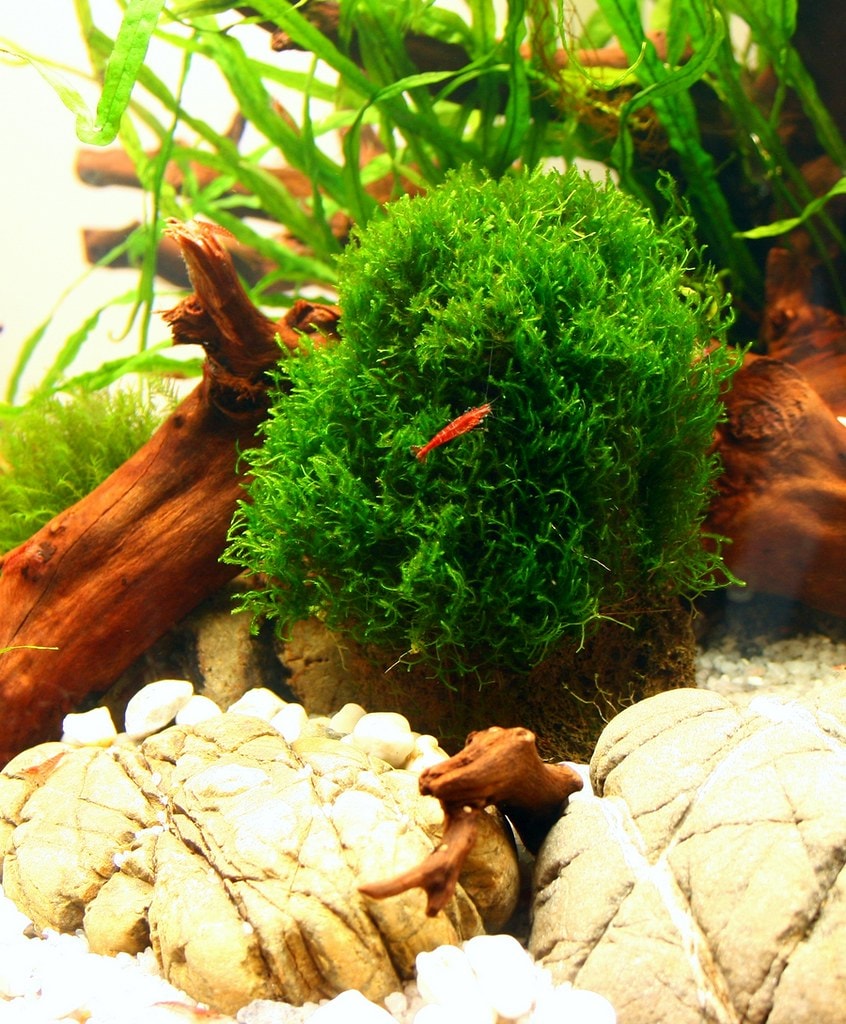
Managing Algae Growth in a Low-Maintenance Setup
One of the key challenges in any planted tank is controlling algae growth. A good balance of water parameters—like light, nutrients, and water temperature—can prevent algae from overgrowing. Ensure your tank gets the right amount of light for your plants without encouraging excessive algae growth.
Utilize sponge filters and filter systems that help remove organic matter from the tank, preventing nutrient build-up that fuels algae. Regular water changes are essential but can be minimized if you maintain proper balance, especially with live plants that naturally compete with algae for nutrients.
A low-maintenance aquarium requires occasional intervention, but with the right setup, algae will be easily controlled. If algae does grow, java moss and other plants can shade out the algae by competing for light, keeping your fish tank looking clean with minimal effort.
Maintaining Water Quality in a Low-Maintenance Aquarium
Good water quality is essential for a thriving low-maintenance aquarium. Regular water changes are important to remove toxins and waste. However, you can reduce the frequency by ensuring proper filtration and using live plantslike java fern, which absorb excess nutrients and help stabilize the tank.
A sponge filter is an excellent choice for a low-maintenance aquarium, as it provides gentle filtration and promotes beneficial bacteria that break down harmful substances. Keeping your water parameters stable will reduce the need for constant intervention, making the aquarium easier to care for.
By maintaining optimal water quality, you create a stable environment for both your planted tank and its inhabitants. Monitor ammonia levels, nitrates, and pH levels regularly to ensure the water stays within the ideal range. This will minimise the need for drastic measures and help maintain a healthy ecosystem with minimal effort.
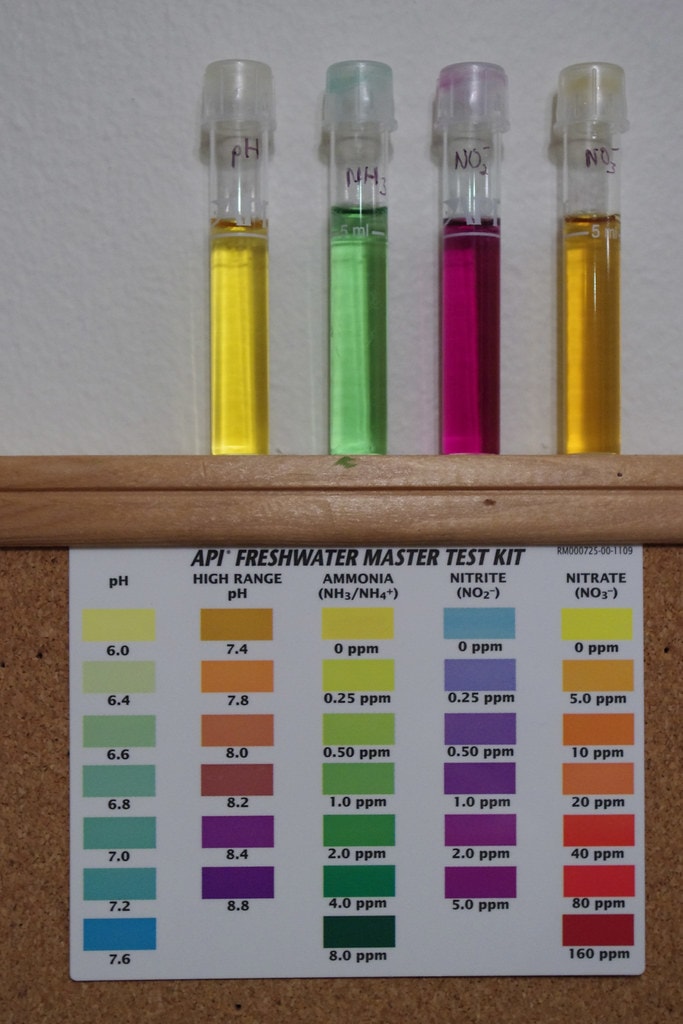
Using the Right Substrate for a Low-Maintenance Planted Tank
The right substrate is key to creating a low-maintenance aquarium. A good substrate promotes plant growth by providing the roots of your live plants with the necessary nutrients. In planted tanks, java fern and java moss thrive in substrates that retain moisture but don’t compact too much.
For low-maintenance setups, consider a nutrient-rich substrate that supports plant roots while minimizing the need for frequent fertilization. This will allow your plants to grow naturally and reduce the amount of effort you need to put into maintaining a healthy tank. Additionally, avoid using substrates that release excess nutrients, as this could fuel algae growth.
A well-chosen substrate also reduces the need for frequent water changes. By providing a stable foundation for your plants, it minimizes nutrient imbalances that could otherwise harm water quality. The right substrate makes maintaining a planted aquarium simpler and more sustainable over time.
Lighting for Low-Maintenance Aquariums
Lighting is another important factor in a low-maintenance aquarium. Aquarium lights that provide low-intensity light will support plant growth without promoting excessive algae. LED lighting is energy-efficient and can provide the necessary light spectrum for planted tanks.
For a low-maintenance aquarium, consider using a timer for your lights. A consistent light cycle is essential for your plants and fish, while also helping control algae growth. Overexposure to light can lead to algae blooms, so maintaining the right lighting is key to success.
The best lighting for your tank depends on the type of plants you have. Choose low-light plants if you want to avoid the need for high-intensity lighting. This helps keep the tank environment stable without too much care.

Proper Stocking for Low-Maintenance Aquariums
Proper stocking is crucial for maintaining a low-maintenance aquarium. Avoid overcrowding, as too many fish will lead to an increase in waste, which in turn can lead to water quality issues and algae growth. Instead, opt for a balanced fish population that suits the size of your tank and is compatible with your planted aquarium setup.
Choosing smaller fish and fish that are compatible with each other helps ensure a stable environment. For example, zebra danios and neon tetras are hardy fish that do well in low-maintenance aquariums. They don’t require too much care and will thrive in a balanced, well-stocked tank.
By properly stocking your tank, you’ll be able to enjoy the beauty of your planted aquarium with minimal effort. Healthy fish contribute to a well-balanced ecosystem, reducing the need for frequent interventions.
CO2 Injection in a Low-Tech Aquarium
In a low-tech aquarium, CO2 injection isn't always necessary, but it can benefit certain types of planted tanks. For example, java fern and java moss thrive with moderate CO2 levels. Using a low-maintenance CO2 system allows plants to grow efficiently without requiring constant adjustments or high-tech equipment.
When setting up a low-tech aquarium, it's important to balance the CO2 injection with your tank's natural filtration system. Too much CO2 can lead to oxygen depletion, which could stress your fish. By using a simple CO2 setup and adjusting the flow, you can promote healthy plant growth while minimizing the need for daily attention.
For those starting with planted aquariums, CO2 injection can make plant care easier by improving plant health and reducing the occurrence of algae. However, it is still a good idea to keep the system simple and cost-effective to match the low-maintenance goal.
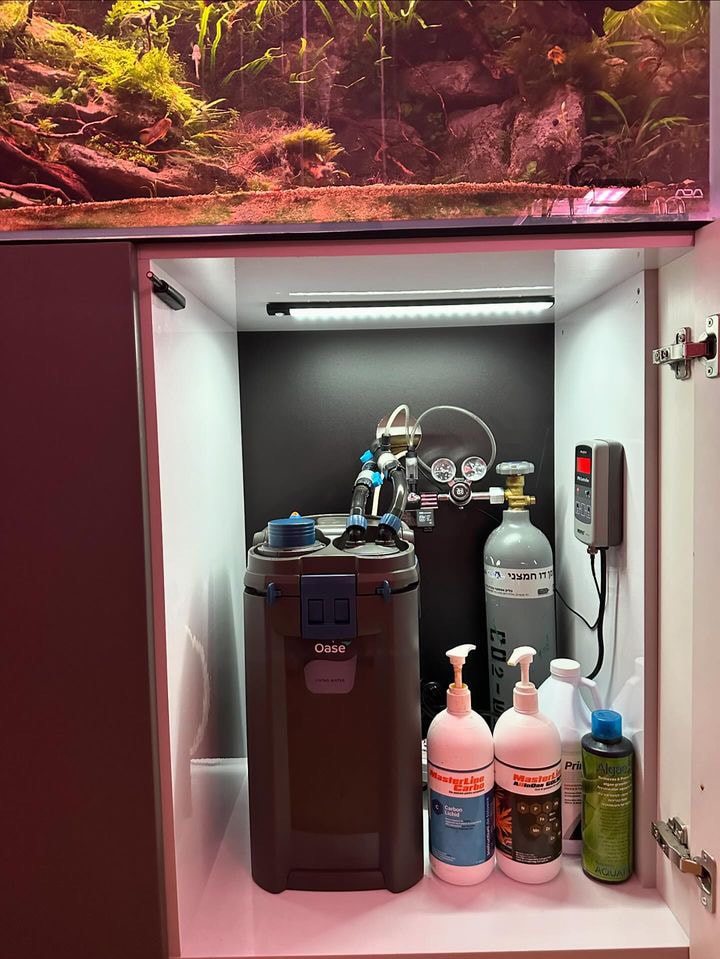
Conclusion: The Benefits of a Low-Maintenance Aquarium
A low-maintenance aquarium offers a practical solution for both new and experienced aquarists. By choosing easy-to-care-for fish like zebra danios, and plants such as java fern and java moss, you can create a peaceful environment that requires minimal upkeep. Proper water changes, along with suitable substrates and filtration, keep the tank healthy with minimal effort.
By incorporating the right equipment, including sponge filters and simple substrates, you’ll ensure a stable and healthy environment for both your plants and fish. With the right planning, your low-maintenance aquarium will not only thrive but also save you time and energy, allowing you to enjoy the beauty of a planted tank without a lot of work.
In conclusion, creating a low-maintenance aquarium is entirely achievable with the right tools and approach. Keep things simple, use efficient equipment, and enjoy the serenity of a beautiful, thriving aquatic environment.
Meet our bestseller! The Pro-Elite Series Complete Aquarium CO2 System with New Inline CO2 Diffuser!




